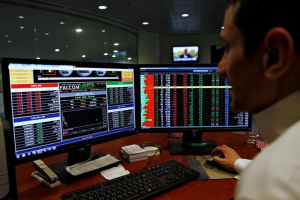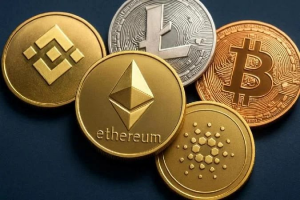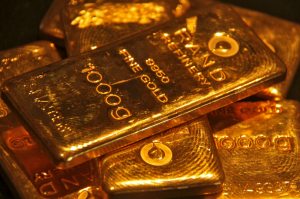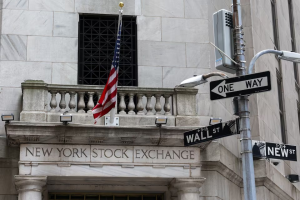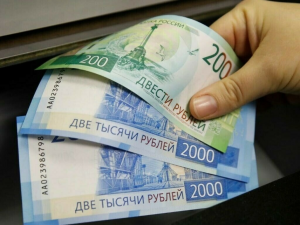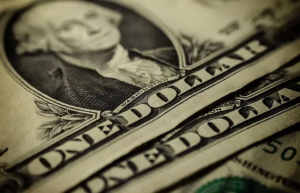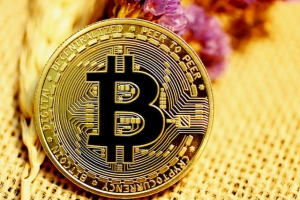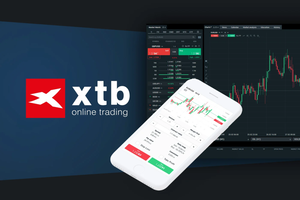The Russian ruble has seen a remarkable increase, reaching its highest level in two years, after Moscow proposed a new round of peace talks with Ukraine. This strong rise reflects market optimism regarding a potential easing in the geopolitical situation, especially with continuing rising oil prices and support from Russia's tight monetary policy.
The exchange rate of the Russian ruble reached 78.83 rubles against the US dollar by 10:48 GMT, up 1.29%, according to data from the London Stock Exchange (LSEG). Earlier in the session, the Russian ruble recorded a level of 77.95 rubles per dollar, the highest since May 2023.
The Russian ruble has risen by more than 40% since the beginning of the year, driven by a range of factors including easing tensions with the US administration led by Donald Trump, along with the Russian central bank's inclination to tighten monetary policy, which has reduced demand for foreign currencies.
Moscow proposed on Wednesday to hold the next round of negotiations with Kiev in Istanbul on June 2, with no official response yet from the Ukrainian side. In this context, US President Donald Trump confirmed that he does not intend to impose new sanctions on Russia at the moment, to avoid affecting any opportunities for a peace agreement.
Evgeny Loktyukhov, an analyst at Promsvyazbank, pointed out that the Russian ruble has benefited from rising oil prices, particularly as Brent crude increased by 1.2% to $65.68 per barrel, which has bolstered market confidence. Loktyukhov also explained that the end of each month typically sees an increase in demand for the Russian ruble, as exporters convert their foreign currency earnings to cover local tax obligations, which supports the currency's strength.
In terms of other currencies, the Russian ruble also rose against the Chinese yuan by 1% to reach 10.90 on the Moscow Stock Exchange. The yuan is considered the most traded foreign currency within the Russian market, and the central bank uses it in its daily interventions to support the Russian ruble.


